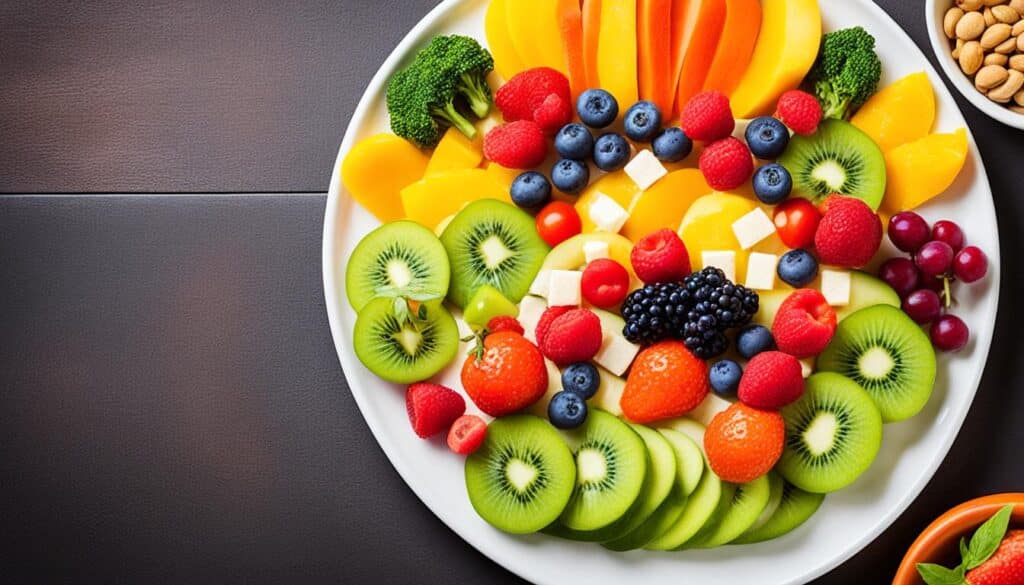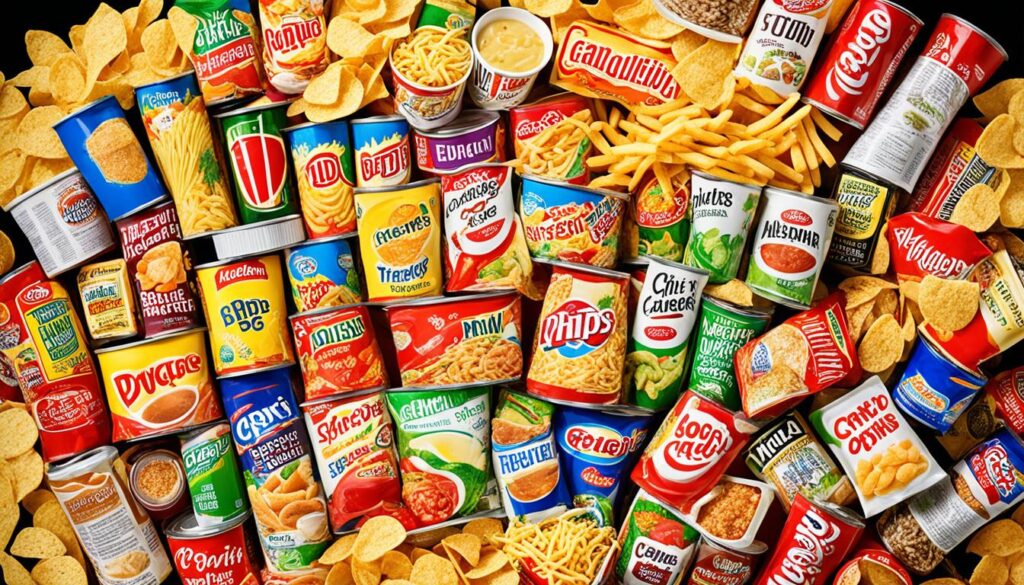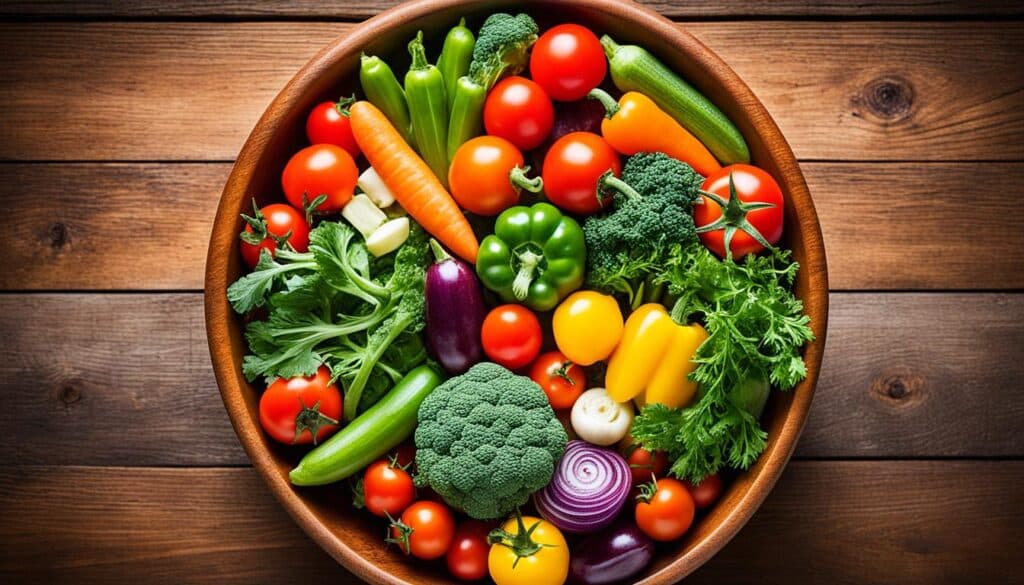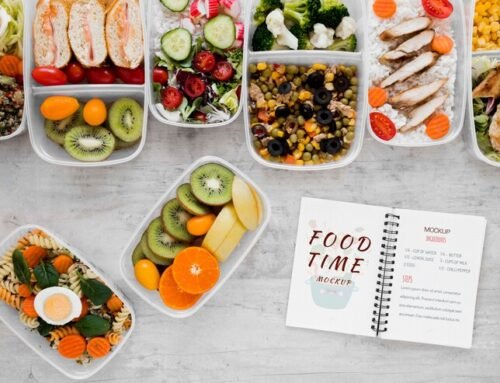Eating less sodium can greatly improve your health. It’s a key way to handle many health issues and boost your wellness. By cutting down on foods high in sodium, you might see your blood pressure go down. This can also lower your chance of getting some cancers and make you feel better overall.
It’s very important to watch how much sodium you eat if you have kidney disease, high blood pressure, or heart disease. Eating less sodium can really help manage these conditions.
Key Takeaways : Low Sodium Diet
- A low-sodium diet can offer numerous health benefits, including potential reductions in blood pressure and lower risk of certain cancers.
- Limiting high-sodium foods and beverages is crucial for managing conditions like kidney disease, high blood pressure, and heart disease.
- By making salt-smart choices and incorporating more fresh, unprocessed foods, individuals can take proactive steps to enhance their overall well-being.
- A low-sodium diet can help individuals with kidney disease, high blood pressure, and heart disease better manage their conditions.
- Incorporating a low-sodium diet as part of a healthy lifestyle can contribute to improved cardiovascular health and overall wellness.
What Is a Low Sodium Diet?
A low-sodium diet aims to cut down on sodium, a key mineral our bodies need. But too much sodium can cause health problems like high blood pressure and heart disease. By eating less sodium, people can boost their health and feel better.
Understanding Sodium and Its Dietary Sources
Sodium is found naturally in foods like meats, dairy, seafood, and some veggies. But most of our sodium comes from processed foods. These foods get extra sodium added to them to taste better, last longer, or feel softer.
High-sodium foods include canned soups, processed meats, fast food, and snacks like chips. But, foods like fruits, vegetables, whole grains, and lean proteins usually have less sodium.
Defining Low-Sodium Diet Guidelines
Most adults should eat less than 2,300 milligrams of sodium a day. Some people, like those with high blood pressure or kidney disease, should aim for 1,500 mg a day.
A low-sodium diet means:
- Reducing processed, packaged, and canned foods.
- Choosing fresh fruits, vegetables, whole grains, and lean proteins.
- Avoiding table salt, soy sauce, and other high-sodium seasonings.
- Looking for low-sodium or no-sodium options on labels.
By sticking to these tips, people can lower their sodium intake. This can lead to better health from eating a low-sodium diet.
Why Are Low-Sodium Diets Prescribed?

Doctors often suggest low-sodium diets for some health issues. It’s key to keep sodium levels in check for health and to manage chronic conditions like kidney disease, high blood pressure, and heart disease.
Kidney Disease and Sodium Restriction
For those with kidney disease, eating less sodium stops too much fluid from building up. This can harm the kidneys more. By eating less sodium, the kidneys can better control fluid levels. This is vital for people with kidney problems.
High Blood Pressure and Low-Sodium Diets
Low-sodium diets are often given to people with high blood pressure. Sodium can make blood pressure go up. Eating less sodium can help lower blood pressure. This can also cut down the risk of stroke and heart disease.
Heart Disease and Sodium Intake
People with heart disease, like heart failure, also benefit from eating less sodium. This helps avoid fluid overload and serious problems. Keeping an eye on sodium intake is key for these folks to keep their hearts healthy and stop their condition from getting worse.
| Medical Condition | Rationale for Low-Sodium Diet |
|---|---|
| Kidney Disease | Prevents fluid buildup and further kidney damage |
| High Blood Pressure | Helps lower blood pressure and reduce associated risks |
| Heart Disease | Prevents fluid overload and complications |
Health Benefits of a Low Sodium Diet

Choosing a low-sodium diet can boost your health and happiness. Studies show that eating less salt can lower blood pressure. This is true for people with high blood pressure or who are sensitive to salt.
Potential for Blood Pressure Reduction
By eating fewer processed foods high in sodium and more whole foods, you can lower your blood pressure. This is key for those with hypertension. A low-sodium diet is a great way to manage high blood pressure without drugs. It also cuts down the risk of heart disease.
Lower Risk of Certain Cancers
A low-sodium diet also lowers the risk of some cancers, like stomach cancer. High sodium diets can cause inflammation and harm bacteria growth. These are linked to more cancer risks. By eating less sodium, you fight against these dangers.
Small diet changes can bring big health benefits. Choosing low-sodium foods is a smart move for a healthier life. It’s a step towards a better future.
Low Sodium Diet: Foods to Avoid

Keeping a low-sodium diet means being careful with what you eat. Foods like high-sodium foods, processed foods, fast food, canned goods, and salty snacks should be eaten less or not at all. Knowing which foods to avoid helps you live a healthier, low-sodium life.
Watch out for processed foods. They often have a lot of sodium added to make them taste better or last longer. Avoid things like deli meats, canned soups, frozen meals, and packaged snacks.
- Fast food is also high in sodium and should be eaten less on a low-sodium diet. High-sodium sauces, seasonings, and preservatives make fast food bad for those trying to cut down on sodium.
- Canned goods, like beans, vegetables, and some fruits, can have a lot of sodium from the preservation process. Choose low-sodium or no-salt-added options when you can.
- Stay away from salty snack foods like chips, pretzels, and crackers. They are usually full of sodium.
By reading food labels carefully and picking low-sodium or no-salt-added choices, you can keep your sodium intake low. This helps improve your health and well-being.
Low Sodium Diet: Healthy Food Options

Following a low-sodium diet doesn’t mean you have to give up taste or variety. By choosing fresh, unprocessed foods, you can enjoy many tasty and healthy options. These foods are naturally low in sodium. You can make delicious, low-sodium meals with fruits, vegetables, grains, and lean proteins.
Fresh Fruits and Vegetables
Fruits and vegetables are key to a low-sodium diet. They are full of vitamins, minerals, and fiber. You can prepare them in many ways to match your taste. Options include crisp apples, juicy oranges, leafy greens, and crisp bell peppers.
Whole Grains and Lean Proteins
Whole grains and lean proteins add a satisfying base to a low-sodium diet. Whole grains like brown rice, quinoa, and whole wheat pasta are rich in complex carbs, fiber, and minerals. Lean proteins such as chicken, turkey, and beans are great choices. Season them with natural seasonings for extra flavor.
| Low-Sodium Food Options | Sodium Content (per serving) |
|---|---|
| Fresh Broccoli | 30 mg |
| Quinoa | 5 mg |
| Grilled Chicken Breast | 70 mg |
| Brown Rice | 0 mg |
| Roasted Red Peppers | 15 mg |
By choosing low-sodium foods like fresh produce, whole grains, and lean proteins, you can make tasty, nutritious meals. These foods support your health and wellness goals.
Also Read : How Can We Include Cabbage Soup In Regular Diet?
Conclusion
Choosing a low-sodium diet brings many health benefits. It can help lower blood pressure and reduce the risk of some cancers. By picking fresh, whole foods over processed ones, you can boost your overall wellness and live a healthy lifestyle.
Adding a low-sodium diet to your life can help manage chronic conditions. It’s a smart way to stay healthy over time. By choosing low-sodium foods, you can lower your risk of chronic diseases.
Going for a low-sodium diet is a key step towards a healthier life. It lets you take control of your overall wellness. By doing this, you can enjoy the many benefits of a low-sodium diet. It’s a path to a happier, more fulfilling life.
FAQs
Q. What are the benefits of a low-sodium diet?
A low-sodium diet can help lower blood pressure and reduce the risk of some cancers. It also improves overall health and wellness.
Q. What is a low-sodium diet?
A low-sodium diet cuts down on foods and drinks high in sodium. It aims for less than 2-3 grams of sodium daily. It focuses on fresh fruits, veggies, whole grains, and lean proteins. It avoids processed and fast foods that are salty.
Q. Why are low-sodium diets prescribed?
Doctors suggest low-sodium diets for some health issues like kidney disease, high blood pressure, and heart disease. Cutting sodium intake helps prevent fluid buildup in the kidneys. It also controls blood pressure and prevents fluid overload in heart disease.
Q. What are the potential health benefits of a low-sodium diet?
Lowering salt intake can slightly lower blood pressure, especially for those with high blood pressure. It may also reduce the risk of stomach cancer by fighting inflammation and harmful bacteria.
Q. What foods should be avoided on a low-sodium diet?
On a low-sodium diet, avoid fast food, salty snacks, processed meats, canned goods, frozen meals, and high-sodium seasonings.
Q. What are some healthy food options for a low-sodium diet?
For a low-sodium diet, eat lots of fresh, unprocessed foods. Include fruits, veggies, whole grains, and lean proteins. Use herbs, spices, and citrus for flavor instead of salt.
Source Links
- https://www.denverhealthmedicalplan.org/blog/benefits-low-sodium-diet
- https://www.healthline.com/nutrition/low-sodium-diet
- https://www.ncbi.nlm.nih.gov/pmc/articles/PMC4953267/








Leave A Comment